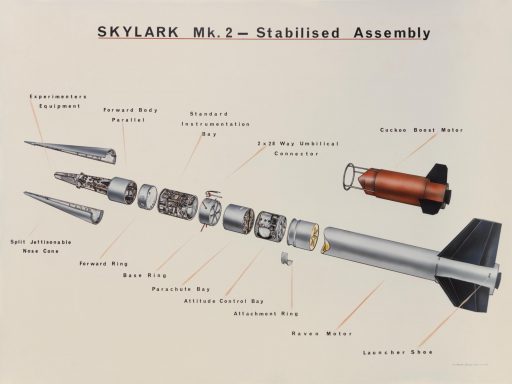
Discover the story behind Skylark, Britain’s first space rocket in a new exhibition.
Doug was the senior curator for the 'Cosmonauts: Birth of the Space Age' exhibition (2015) and editor of the associated publication. He has written a history of the British Black Arrow rocket and his book 'Satellite: Innovation in Orbit' was published by Reaktion Books early 2017. He is currently researching new space exhibitions for the Museum.

Discover the story behind Skylark, Britain’s first space rocket in a new exhibition.
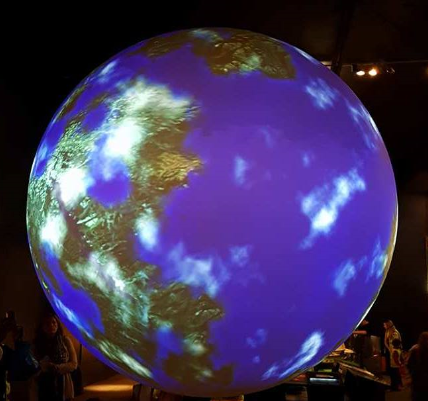
Recent visitors to the Science Museum may have spied the updated ‘Planet Science’ display in our Exploring Space gallery. Space Curator Doug Millard explores the story behind ‘Planet Science’ below. It’s hard to believe that we didn’t know what the surface of Mars looked like until 1964. That was the year NASA’s Mariner 4 spacecraft flew past the planet and returned the first images. And for many it was a big disappointment; no rivers or oceans; no vegetation; no indications […]
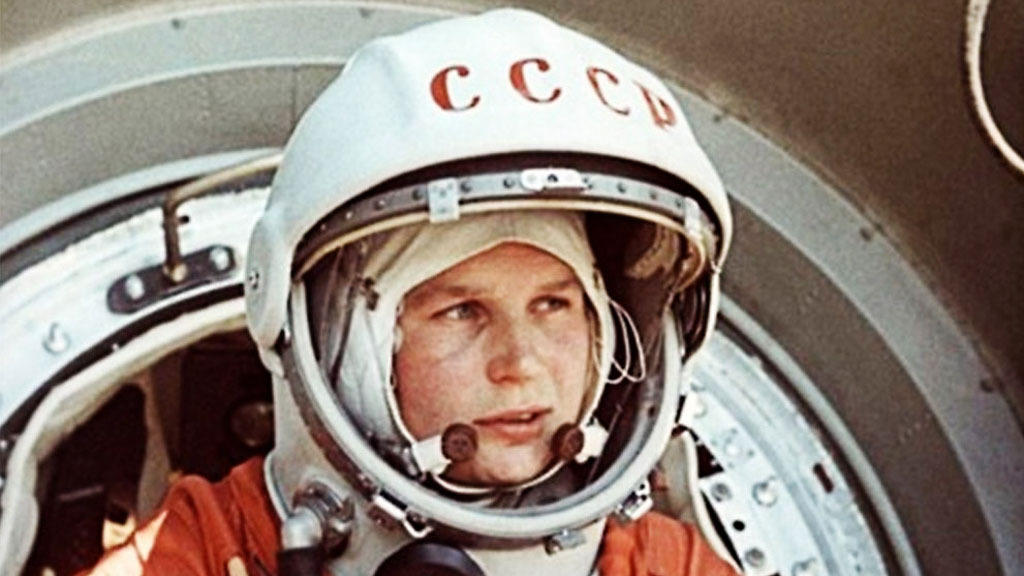
Discover the story of how Valentina Tereshkova became First Woman in Space
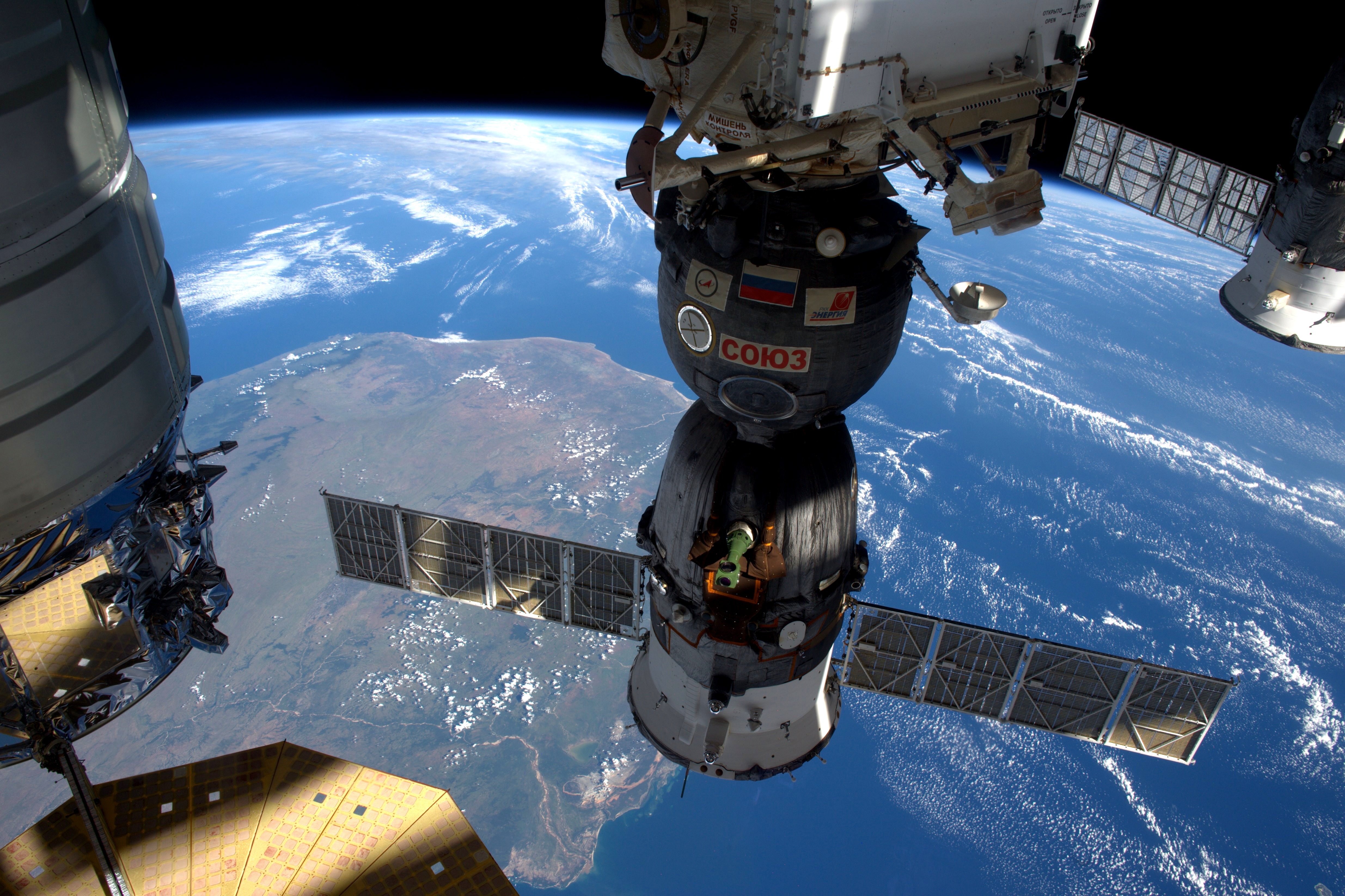
Curator Doug Millard explores the story of the Soyuz TMA-19M spacecraft ahead of it going on display in the UK in 2017.
It’s tricky getting to Mars. The voyage takes months, your spacecraft has to perform some delicate manoeuvres along the way and then – there is Mars itself! It has not been a welcoming world. Almost 50 missions have been launched to the red planet by a host of different nations and space agencies. Some 30 of these have failed or enjoyed only very limited success.
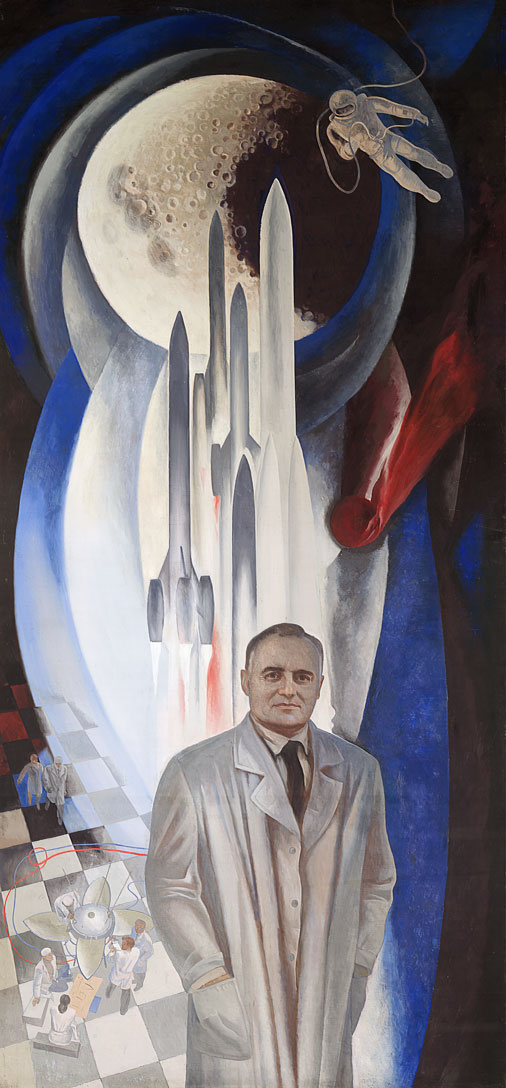
Curator Doug Millard explores the unknown story of the father of the space age, Sergei Korolev.
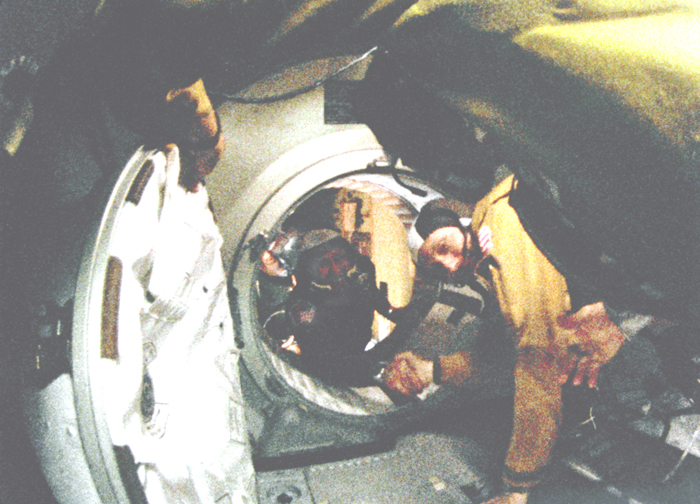
Forty years ago today (17 July) the Soviet Union and the United States shook hands in space during the Apollo-Soyuz Test Project. Curator Doug Millard explains more.
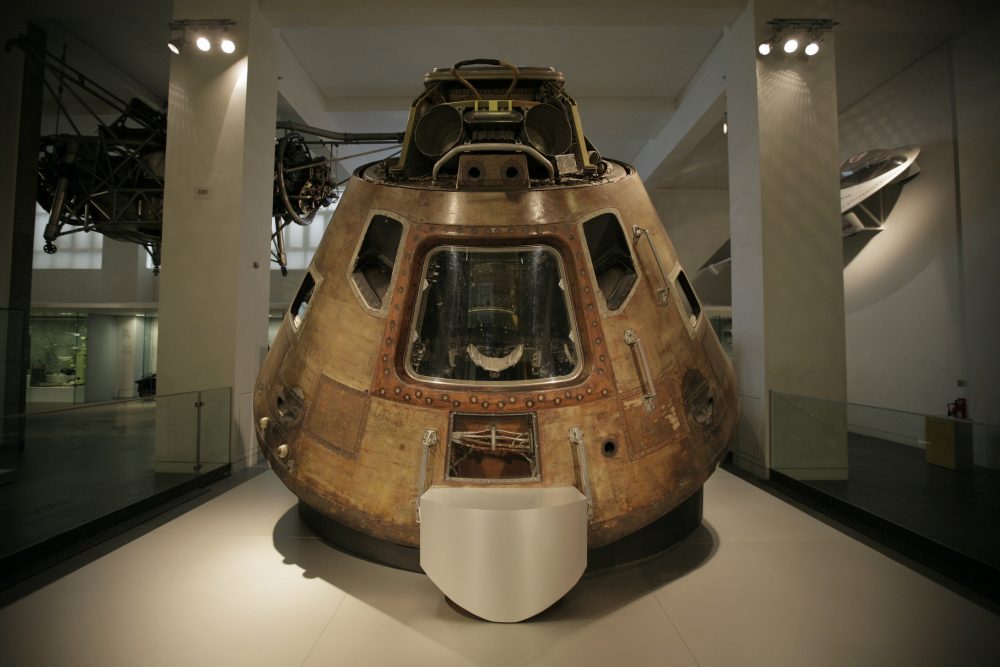
Curator Doug Millard reflects on a new acquisition from NASA’s Apollo 10 mission.
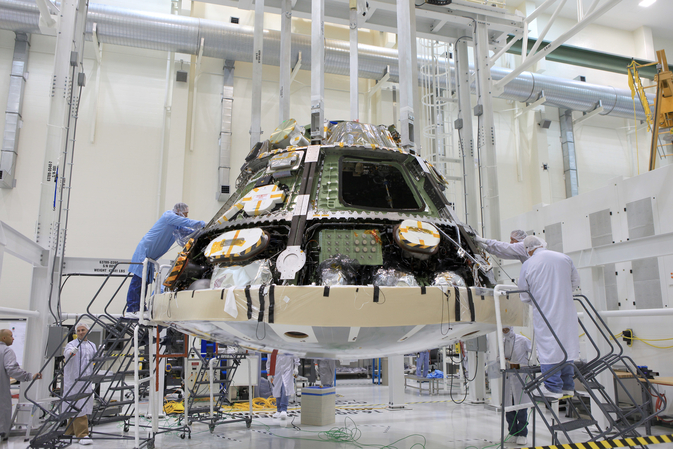
Doug Millard, Deputy Keeper of Technology and Engineering, reflects on Orion’s maiden voyage in space and NASA’s first step on the Journey to Mars.
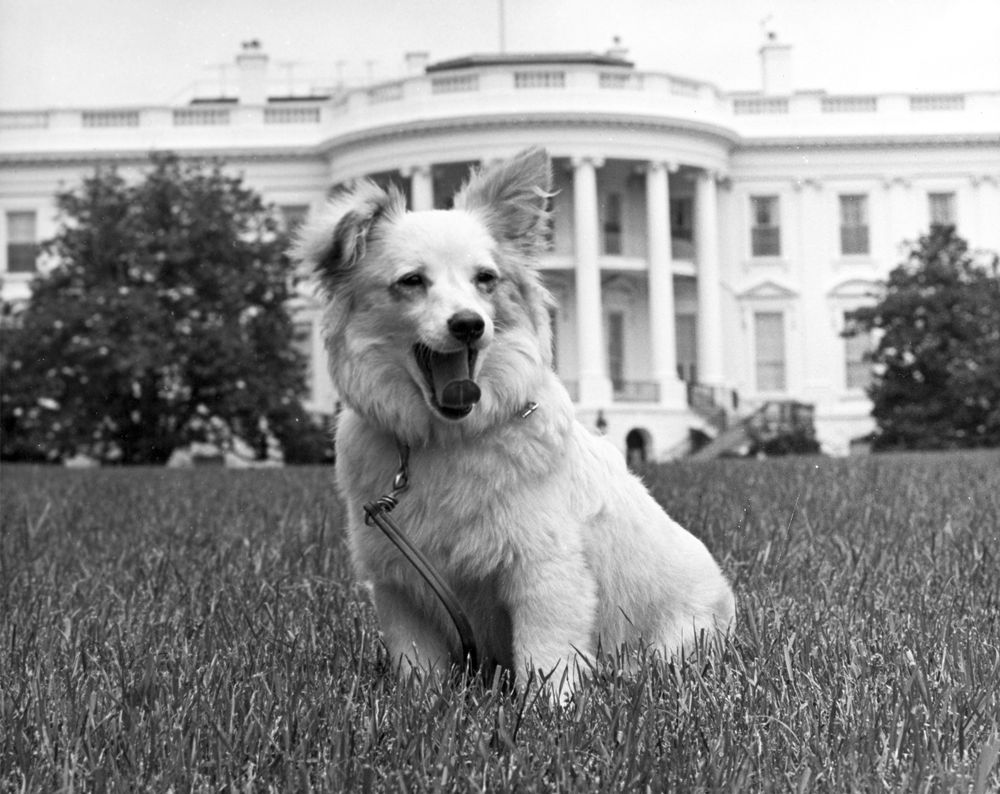
On this day (3 November) in 1957, just one month after the launch of Sputnik, the world’s first artificial satellite, a dog called Laika was sent into space, become the first living thing to orbit our planet.
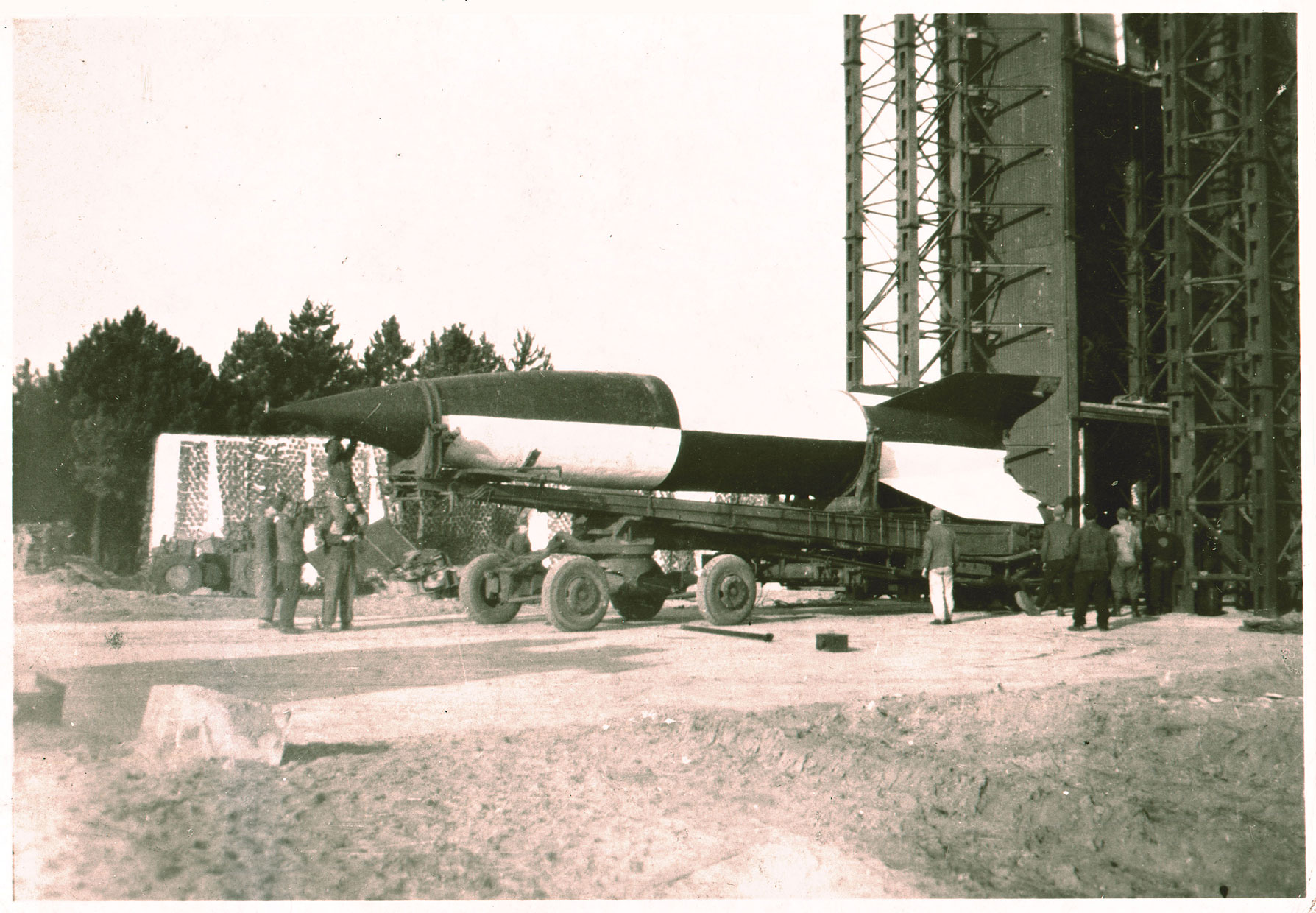
This week (8 September 2014) marks 70 years since the first V-2 rocket attack on London. Curator Doug Millard looks back on the rocket that help start the space age.

On the anniversary of Venera 7’s launch – the first spacecraft to successfully land on Venus – curator Doug Millard reflects on the challenge of exploring other worlds.